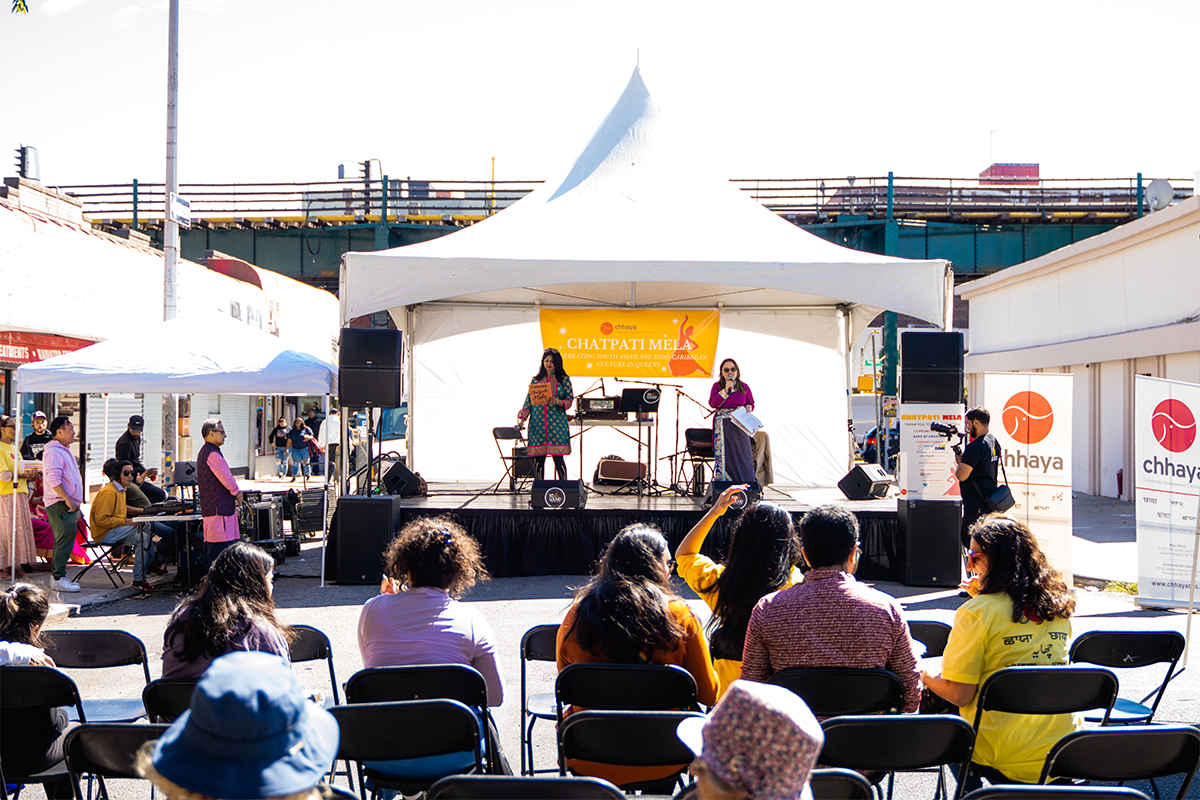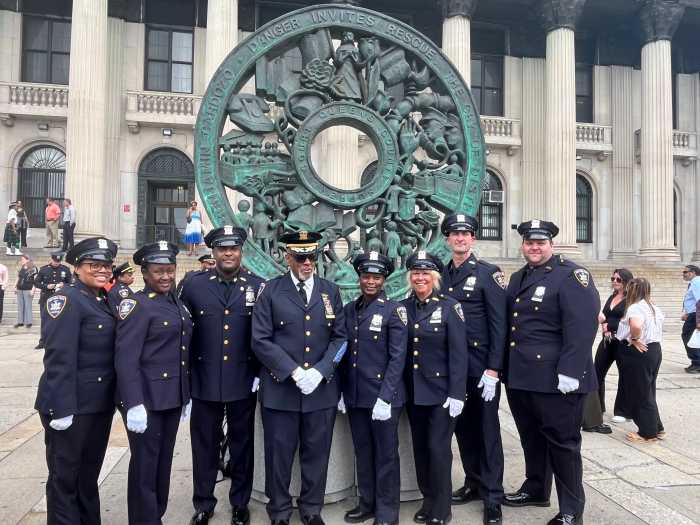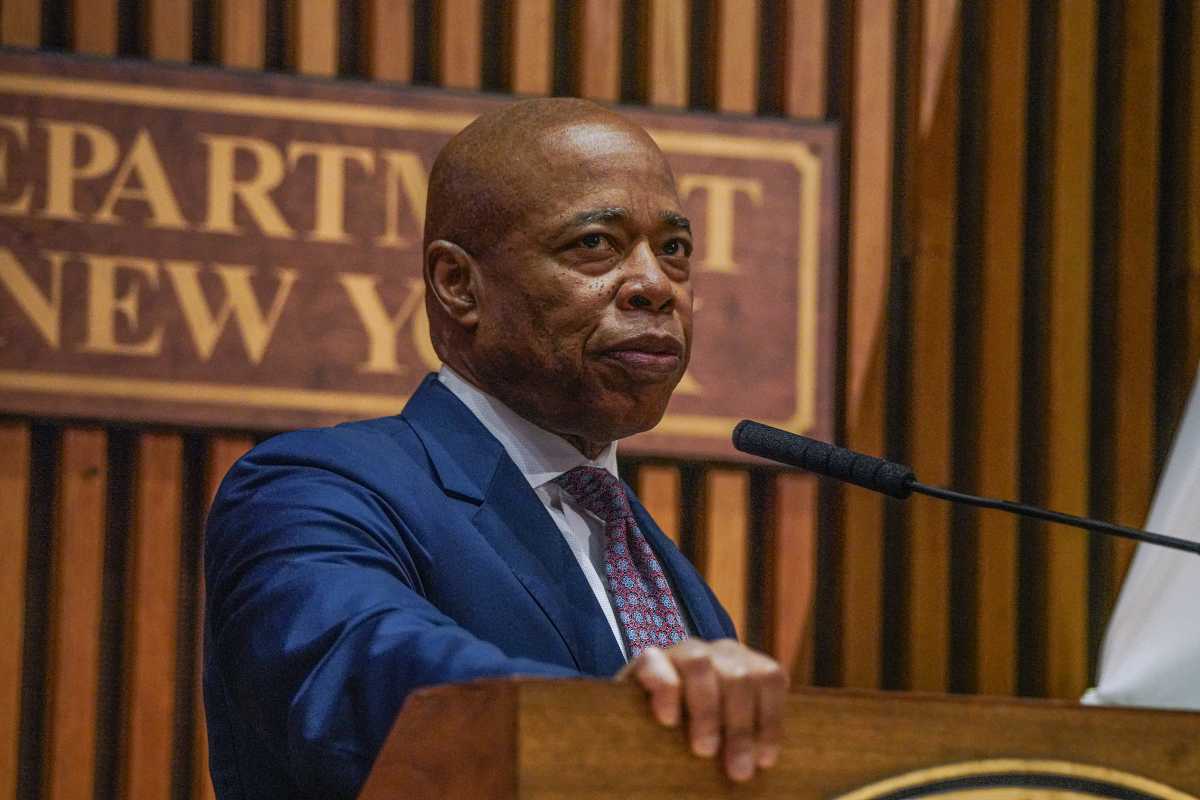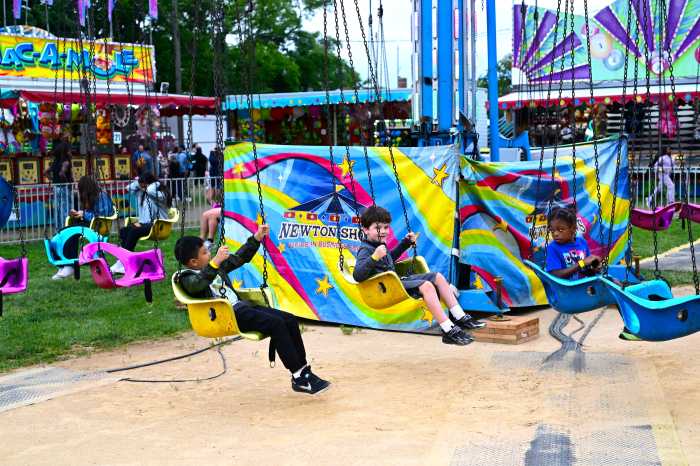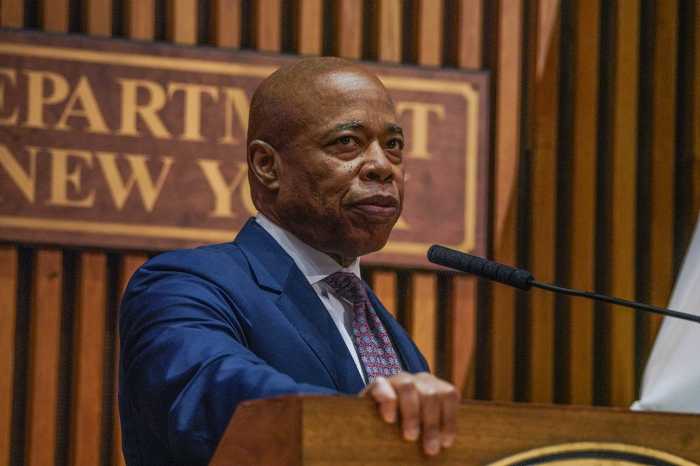Two Queens community organizations are among an inaugural cohort of five groups citywide that will lead new projects to celebrate local cultures and histories in public spaces under a new initiative called The Local Center in a partnership between Urban Design Forum and the Association for Neighborhood & Housing Development (ANHD).
At a time when New York is grappling with an uneven pandemic recovery and as displacement looms large for communities and neighborhoods across the five boroughs, this new endeavor will convene interdisciplinary teams to transform and activate the shared spaces where cultural traditions flourish — and importantly, center the community visions and leadership that is too often left out of the process.
Queens Community Justice Center-The Rockaways (QCJC-TR), will celebrate the resilience of the Far Rockaway and provide safe spaces for people to be together in the community. They will activate shared spaces on NYCHA campuses through resident-led street festivals and cultural programming that uncovers the local history of Far Rockaway.
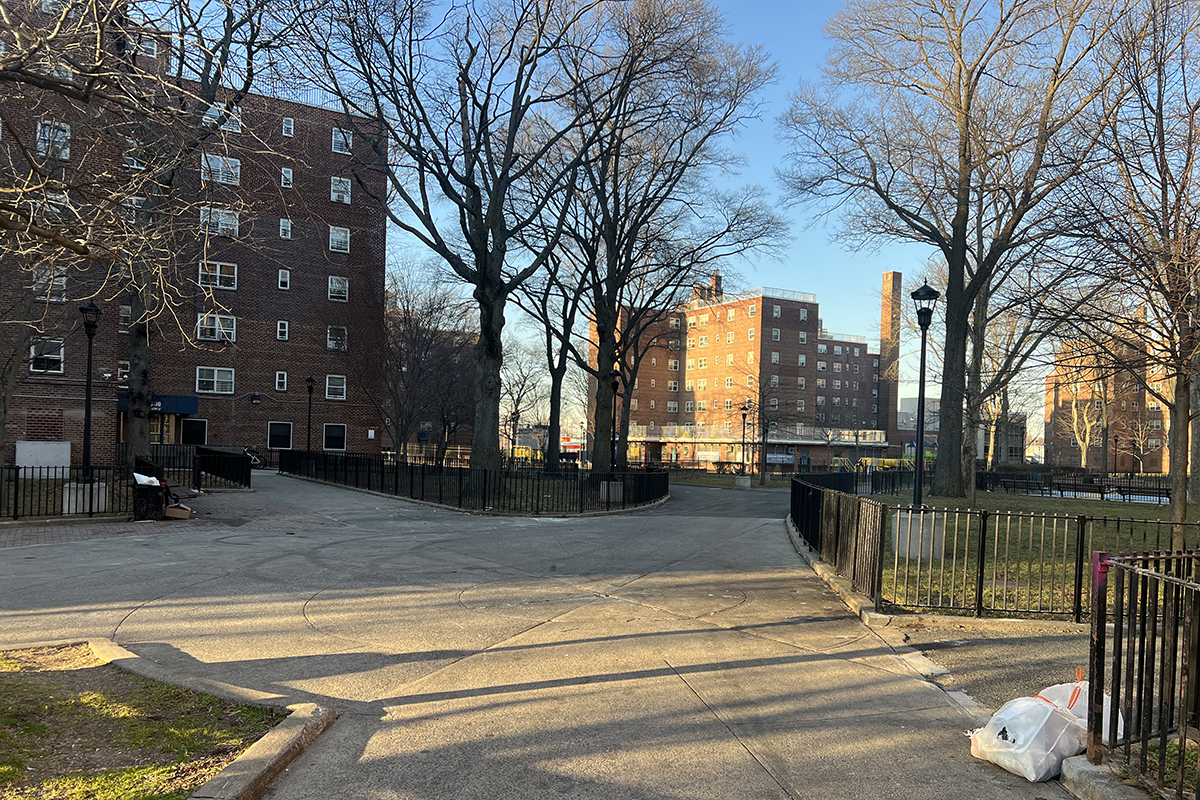
“The Queens Community Justice Center-The Rockaways is excited about working with Urban Design Forum and ANHD on this initiative,” QCJC-TR Project Director Kori Robinson said. “Investing intentionally in public spaces allows people to come together, build community, and increase the overall safety and vitality of this resilient neighborhood. Our goal in the Rockaways is to connect with residents and co-create a strong community with a vibrant future.”
Also in the inaugural cohort is Chhaya CDC, serving Jackson Heights and Richmond Hill, which will activate Lt. Frank McConnell Park to celebrate the Indo-Caribbean and Punjabi communities of the area. They will lead a community engagement process culminating in a street fair to celebrate Richmond Hill’s heritage while organizing to develop a long-term vision for the space.
“For over 50 years, Indo-Caribbeans and Punjabis have called Richmond Hill and South Ozone Park home, building small businesses and religious institutions that have been anchors which revitalized and stabilized this community,” Chhaya CDC Executive Director Annetta Seecharran said. “Yet, the area remains one of the most under-resourced in New York City. One of the greatest markers of this neglect is the lack of accessible, secular, and inclusive gathering spaces. The opportunity to activate a public space will be groundbreaking and will feed the burgeoning organizing and civic engagement happening in the community.”
Over the next 18 months, Urban Design Forum and ANHD will equip neighborhood partners with the resources they need to realize these catalytic projects. Through lead support from the Mellon Foundation and major support from the Charles H. Revson Foundation and Robert Sterling Clark Foundation, we will offer teams technical assistance; flexible financial resources; connections to leaders in city government; and capacity-building trainings.
“The Local Center is about making powerful public space projects possible,” Urban Design Forum Executive Director Daniel McPhee said. “We can’t wait to mobilize the Urban Design Forum community in support of these five inspiring organizations. We hope the Local Center will model a different approach to transforming public space: led by community leaders, executed by emerging design talent, and supported by colleagues in city government.”
Community leaders, designers and city agencies will learn with each other throughout the process, building new knowledge through collaborative, on-the-ground work. Other neighborhood organizations among the initial pattern are GrowHouse Community Design + Development Group in Brooklyn, Staten Island Urban Center, and Youth Ministries for Peace and Justice in the Bronx.
“The Local Center builds on the work that community development corporations and community-based organizations have been doing in their neighborhoods for decades, day in and day out. We are excited to offer these organizations the opportunity to create and innovate in our marginalized neighborhoods,” ANDH Executive Director Barika Williams said. “A lot of what they do is respond to crises — to help serve those who are being left behind. The Local Center is a new opportunity for the built environment to be driven by and reflect our communities’ voices and histories.”

